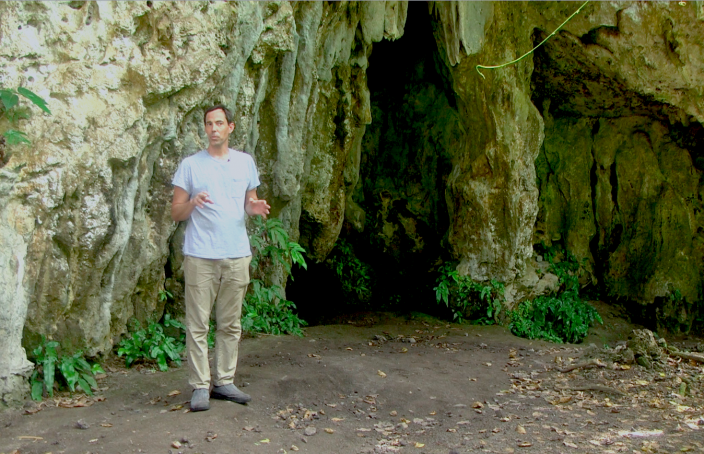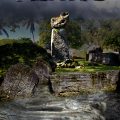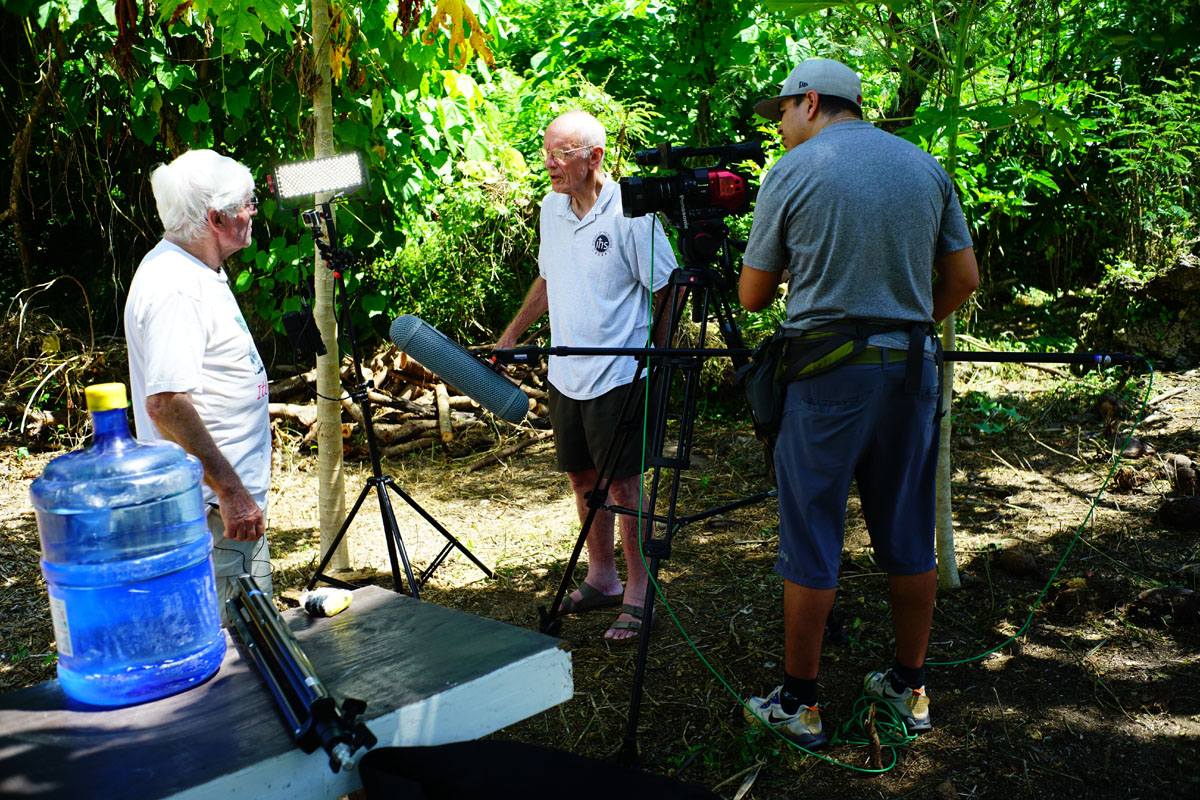Before We Began Counting Years
Somewhere between 2000 and 1500 BC, around the time that Abraham was moving out of the Chaldees to his new home in what was later to be Palestine, another movement was taking place. Sailing canoes from the west arrived bringing the first people to settle in Micronesia. In fact, these newcomers could have been the first to settle anywhere in Oceania?other than the Papuans, that is, who had paddled the short distance to nearby Melanesia thousands of years earlier.
These early migrants populated the Mariana Islands nearly 4,000 years ago. They may have come from parts of Indonesia, as some argue, or they could have sailed directly from the northern Philippines, as mounting evidence suggests. In either case, they crossed hundreds of miles of open ocean back when Europeans were still hugging the shore.
Why did they come? What did they bring with them? Where did they first settle? How did they survive? What changes in lifestyle did they make over time?
Archaeologists like Mike Carson are excavating sites that offer evidence regarding the what and the why of this great adventure. Meanwhile, others are weighing in with data on DNA test results to add to the fund of new information. A fascinating story is beginning to emerge that should tickle the curiosity of the descendants of these first migrants to the Marianas. Maybe it?s high time to go public with the story, even if some of its details are bound to remain fuzzy.
For a year now I?ve been attempting to find support for a video documentary that will present this story to the public. The point would be to shed light on a long segment of the history of a people who appear to be hungry for whatever they can retrieve of their early history and culture. Yet, the early settlement of the Marianas was an epochal event, if we can believe what the evidence suggests. This was one of the earliest forays into the Pacific by the Asians who became the ancestors of the island peoples.
The early settlers seemed to remain in small villages along the shoreline for hundreds of years before they began moving inland in any numbers. Then came more extensive farming, and eventually cultivation of rice. The famous latte pillars, distinctive of the Marianas, followed?but only thousands of years later. Within another 500 years, Spanish ships began appearing off the islands. And we know the rest of the story after that.
We?ve already started filming early sites and doing on-camera interviews with the experts. If any of you reading this have information to offer on the story itself, or ideas on where to seek funding to tell the story in full, please get in touch.






